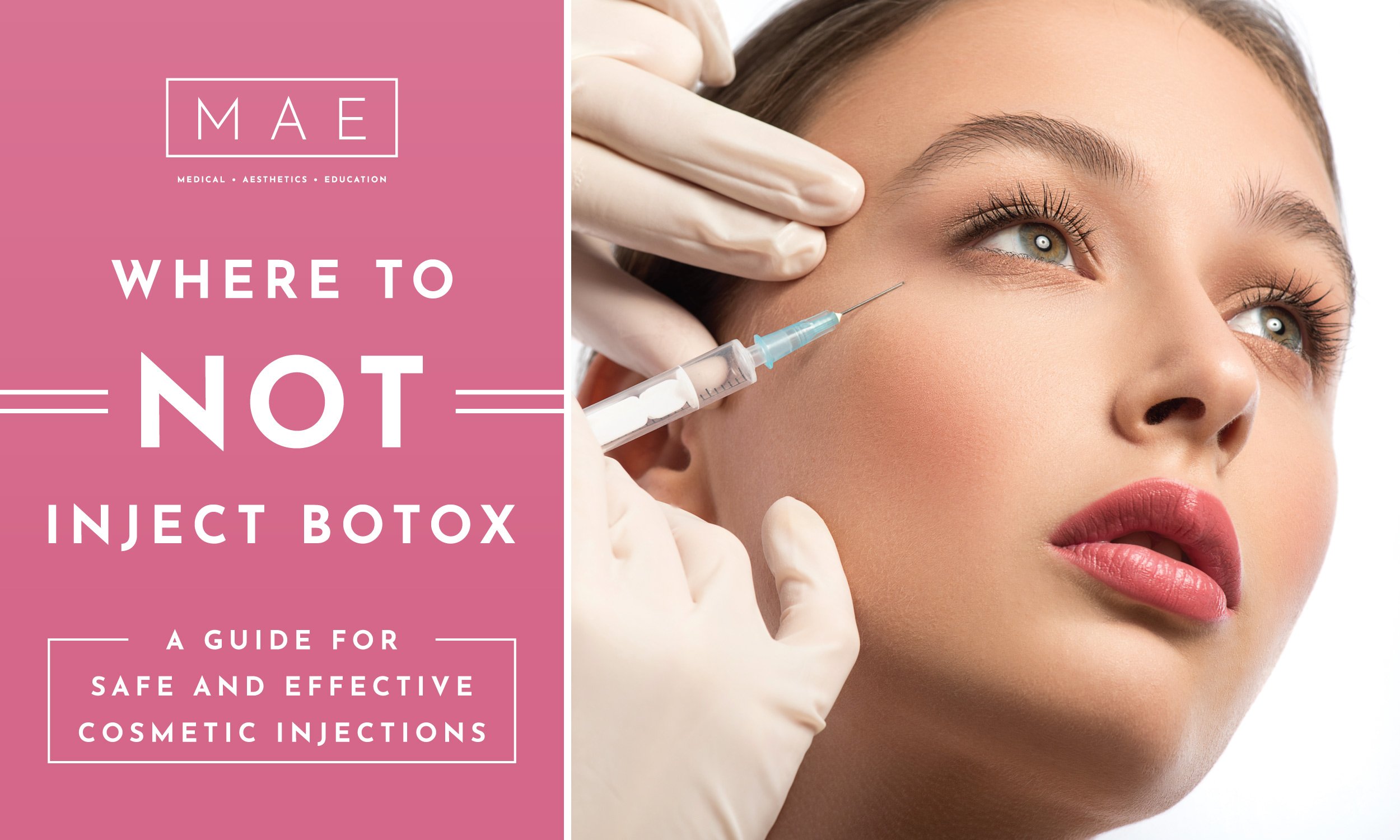Botox, a popular cosmetic treatment, has become a household name in the beauty and wellness industry. Known for its ability to smooth wrinkles and rejuvenate the face, Botox has transcended its original medical purpose and is now widely used as an effective solution for those looking to achieve a youthful appearance. But what exactly is Botox, how does it work, and why has it become so popular? Let’s dive into the details of this cosmetic phenomenon that continues to captivate millions worldwide.

The Origins and Science Behind Botox
Botox is derived from botulinum toxin, a neurotoxin produced by the bacterium Clostridium botulinum. While the term “toxin” may sound alarming, the cosmetic use of Botox involves extremely small, controlled doses that are safe when administered by a qualified professional. Originally used to treat muscle spasms, the relaxing effect of Botox led to its discovery as a powerful tool for reducing wrinkles and fine lines.
When injected into targeted muscles, Botox temporarily blocks nerve signals, preventing these muscles from contracting. This relaxation smooths out dynamic wrinkles, which are lines that form due to repetitive facial movements like frowning, squinting, or smiling. As a result, Botox is most commonly used on the forehead, between the eyebrows (known as frown lines or “11” lines), and around the eyes (crow’s feet). The treatment can give the face a softer, more youthful look without the need for surgery.
Botox Beyond Cosmetic Use
While Botox is best known for its cosmetic applications, it also has a variety of medical uses. In the medical field, Botox is used to treat conditions like chronic migraines, excessive sweating (hyperhidrosis), overactive bladder, and even muscle stiffness associated with cerebral palsy. In these cases, Botox works by relaxing the muscles or blocking specific nerves, providing relief to patients suffering from these conditions. This versatility is one reason why Botox has gained recognition beyond the beauty industry.
The Popularity of Botox in Aesthetic Medicine
The rise of Botox as a cosmetic treatment is closely linked to its effectiveness and convenience. Unlike surgical procedures like facelifts, Botox is minimally invasive, involving only a few small injections. The entire procedure usually takes just 10 to 15 minutes, making it possible to schedule a session during a lunch break. Results typically begin to appear within a few days and can last for three to four months, making it an attractive option for those seeking quick and temporary rejuvenation.
In addition to its effectiveness in reducing wrinkles, Botox has become popular for its preventative use. Younger individuals, often in their late 20s or early 30s, are turning to Botox to prevent the formation of deep wrinkles in the first place. This trend, sometimes called “baby Botox” or preventative Botox, involves smaller doses to maintain a natural, subtle appearance while minimizing the development of future lines.
The Procedure and What to Expect
Getting Botox is a straightforward process, but it’s essential to consult with a qualified medical professional to ensure safe and effective results. During the procedure, a practitioner will inject small amounts of Botox into targeted facial muscles using a fine needle. The injections may cause mild discomfort, but most patients describe it as a quick pinch. Afterward, there’s no significant downtime, and most people can resume their daily activities immediately.
However, it’s important to follow post-procedure care instructions, which may include avoiding lying down, exercising, or rubbing the treated area for several hours after the injections. Mild side effects like redness, swelling, or bruising at the injection site are common but typically subside within a few days.
Potential Risks and Considerations
While Botox is generally considered safe when administered by a qualified professional, it’s not without its risks. Side effects can occur, including headaches, flu-like symptoms, or temporary drooping of the eyelids or eyebrows if the injections are not placed correctly. For this reason, it’s crucial to choose a licensed and experienced provider who has an in-depth understanding of facial anatomy.
Another consideration is that Botox botox specials near me results are temporary. To maintain a smooth and youthful appearance, patients typically need to schedule follow-up treatments every three to four months. Over time, some individuals may find that their muscles become more resistant to Botox, requiring higher doses or additional treatments to achieve the same effect.
Botox in the Modern Beauty Landscape
The accessibility and popularity of Botox have revolutionized the beauty industry, making it a common part of modern skincare routines. It has become especially popular among celebrities, social media influencers, and everyday people who want to enhance their appearance without resorting to invasive procedures. Its versatility in addressing not just cosmetic but also medical concerns has cemented Botox as an essential treatment in both dermatology and aesthetic medicine.
Beyond its cosmetic appeal, Botox has also sparked conversations about aging, beauty standards, and the desire for eternal youth. While it offers a quick fix for wrinkles, it’s important for individuals to understand that Botox, like any cosmetic procedure, should be approached with realistic expectations and an understanding of its temporary nature.
Conclusion
Botox is a powerful tool in the fight against aging and has proven its worth in both cosmetic and medical fields. With its ability to smooth wrinkles, prevent the formation of deep lines, and address various medical conditions, Botox has become a popular choice for those seeking a non-invasive, effective solution. However, its use should be approached thoughtfully, with a focus on safety, proper consultation, and realistic expectations. Whether used to enhance appearance or improve health, Botox remains a fascinating and influential player in the world of beauty and wellness.
